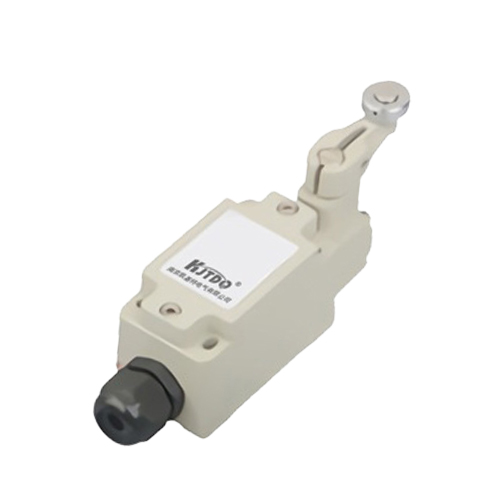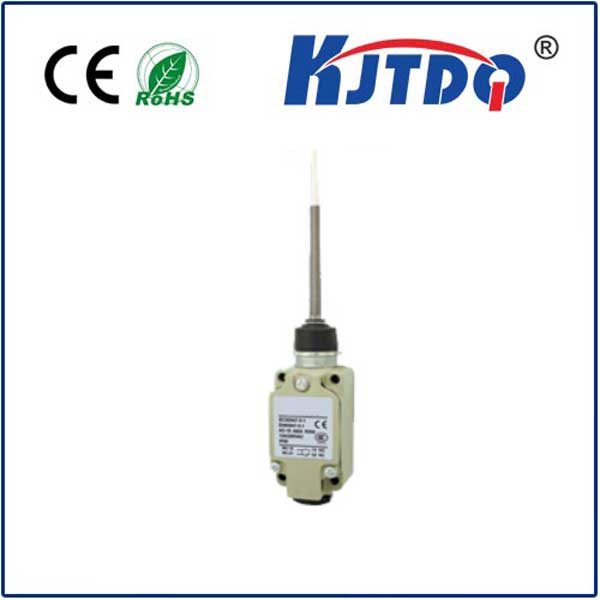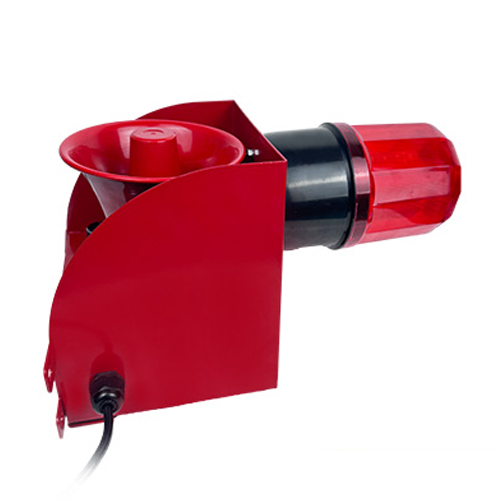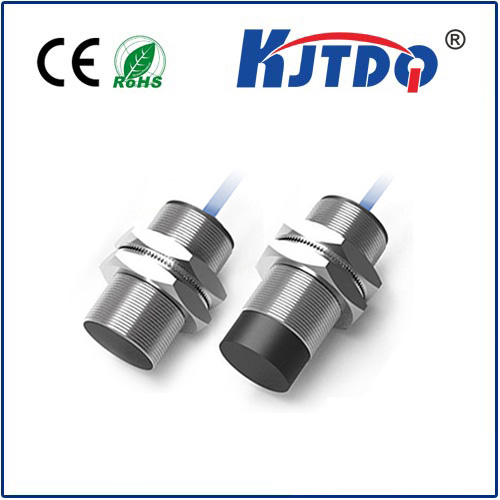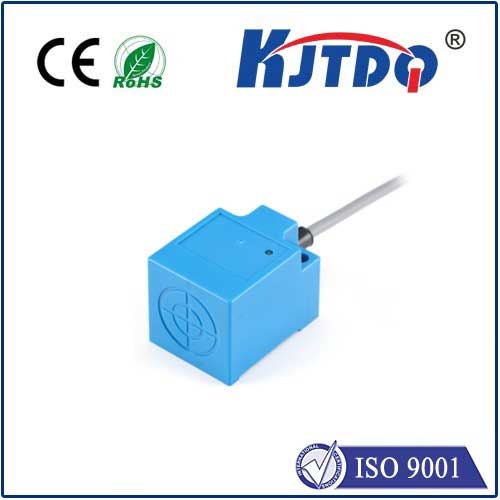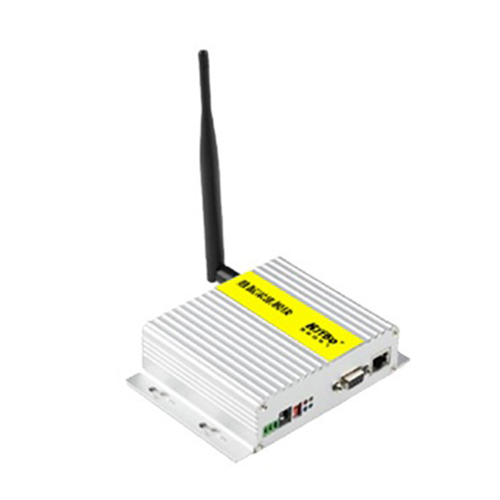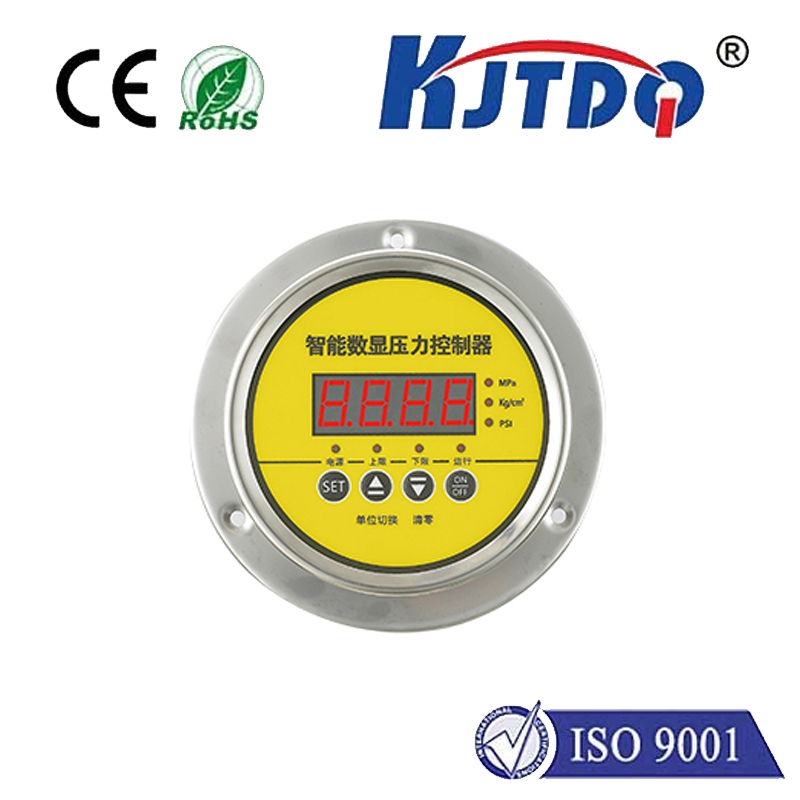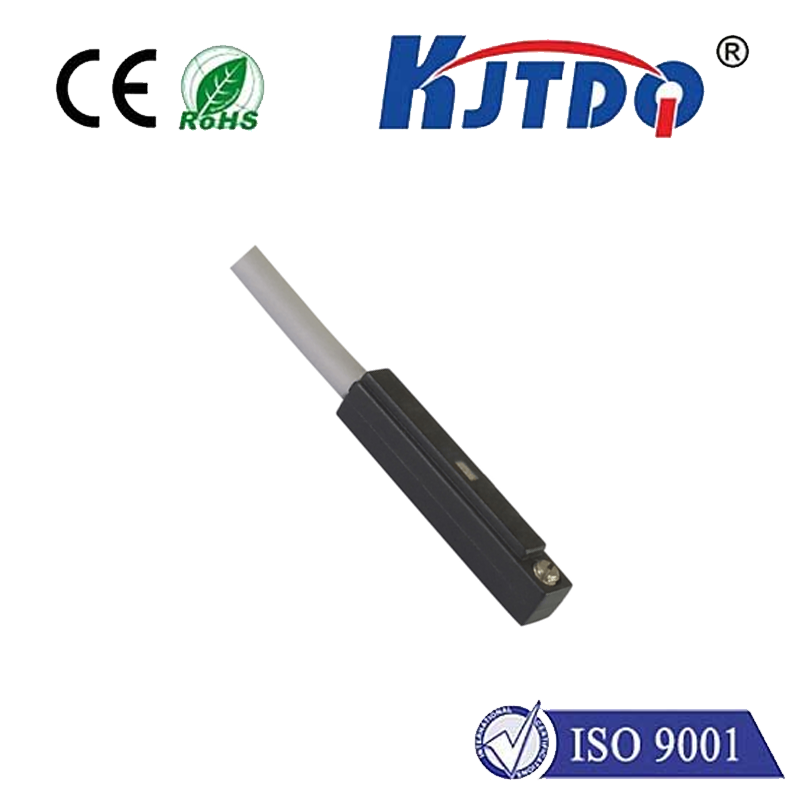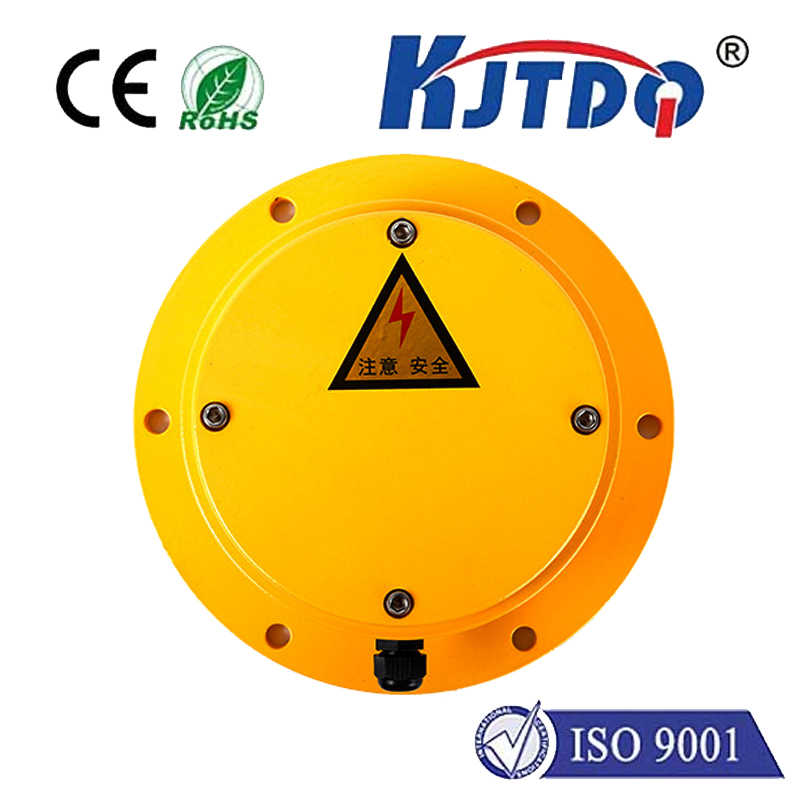wobble stick limit switch
- time:2025-07-30 12:45:45
- Click:0
The Wobble Stick Limit Switch: Industrial Sensing Through Flexible Innovation
Imagine a busy ball bearing factory. Thousands of gleaming spheres cascade down chutes and onto conveyor belts. Suddenly, a chute clogs. Without intervention, bearings spill, machines jam, production halts. But nestled beside that critical chute, a seemingly simple device stands guard: a wobble stick limit switch. Its flexible arm, gently probing the bearing flow, detects the absence of movement. At the first sign of trouble – the cessation of the “wobble” – it triggers an alarm, calling for maintenance before costly downtime occurs. This is the often-overlooked but vital role of the wobble stick limit switch in safeguarding efficiency and preventing chaos in countless industrial settings.
What Exactly is a Wobble Stick Limit Switch? At its core, a wobble stick limit switch is a robust mechanical position sensor designed to detect the presence, absence, or movement of an object through direct physical contact. Its defining feature is the “wobble stick” itself: a long, slender, and intentionally flexible rod or arm, typically made from durable materials like stainless steel or specialized polymers. This stick protrudes into the path of the target material or object.
How Does the Wobble Stick Mechanism Work? The operating principle hinges on the stick’s flexibility and resilience:

- Resting State: When no object is present or no force is applied, the wobble stick remains in its neutral, upright position.
- Contact and Deflection: As a target object (like a part on a conveyor, bulk material, or liquid flow) makes contact with the flexible stick, it causes the stick to bend or deflect from its neutral position. This deflection is the “wobble.”
- Activation: The deflection of the stick translates into mechanical movement at its base. This movement acts upon an internal switching mechanism – commonly a precision microswitch or a robust lever-operated switch.
- Signal Change: The internal switch changes its electrical state (e.g., from Normally Open to Closed, or vice-versa) in response to the stick’s movement beyond a certain threshold. This electrical signal change is sent to the control system (PLC, relay, alarm, etc.).
- Reset: Once the force causing the deflection is removed (the object passes, the flow resumes), the inherent springiness of the wobble stick returns it to its neutral position, resetting the internal switch to its original state.
Where Do Wobble Stick Switches Shine? Applications Galore. Their simple, reliable, and cost-effective nature makes wobble stick limit switches indispensable across diverse industries:
- Bulk Material Handling (Hoppers, Bins, Silos): Detecting bin levels (high/low), signalling plugging in chutes or feeders, confirming material flow presence or absence on conveyors. They excel with powders, granules, pellets, and other free-flowing solids.
- Packaging & Processing: Verifying the presence of bottles, cans, or cartons on conveyors; detecting jams; confirming product flow into filling machines or cartoners.
- Food & Beverage: Monitoring ingredient flow, detecting blockages in transfer lines, signaling when mixing vessels or processing hoppers are empty/full (often using food-grade sticks).
- Pharmaceutical: Ensuring consistent powder flow in tablet presses or capsule fillers, detecting blockages in delicate transfer systems.
- Automotive Manufacturing: Part presence detection on assembly lines, confirming component feed into machines (e.g., nuts, bolts), guarding against robot arm overtravel.
- Agriculture & Grain Handling: Monitoring grain flow in elevators, detecting silo levels, signaling blockages in augers.
- Plastics & Chemical Processing: Detecting pellet flow to extruders, signalling hopper levels, confirming material movement in pneumatic transfer lines.
Why Choose a Wobble Switch? Key Advantages.
- Simplicity & Reliability: Few moving parts mean minimal maintenance and inherent reliability in harsh environments. No complex electronics to fail.
- Cost-Effectiveness: Generally more affordable than many non-contact sensors (like ultrasonic or capacitive), offering excellent value.
- Robustness: Designed to withstand physical impact, vibration, dust, moisture (models with appropriate IP ratings), and temperature extremes common in industrial settings.
- Tactile Feedback: Direct physical contact provides unambiguous detection, unaffected by factors like dust color, transparency, material composition (within reason), or surface reflectivity that can plague optical sensors.
- Easy Installation & Adjustment: Often feature simple mounting brackets and adjustable stick lengths or deflection angles to fine-tune sensitivity.
- Versatility of Stick Options: Sticks come in various lengths, materials (stain steel, plastic, Teflon-coated), and diameters to suit specific applications (heavy impact, light touch, food safety, etc.).
Critical Considerations for Optimal Wobble Stick Sensor Performance
While highly versatile, selecting and using the right wobble stick limit switch requires attention to detail:
- Stick Selection: Match the stick’s material, length, and flexibility to the application. Heavy objects require sturdier sticks, while fine powders need lighter touch options. Consider chemical compatibility and temperature.
- Deflection Force/Stroke: Ensure the force exerted by the target object is sufficient to reliably deflect the stick and actuate the internal switch without damaging it. Some switches offer sensitivity adjustment.
- Material Build-Up: Sticky materials can coat the stick, potentially impeding its movement or return. Self-cleaning stick designs or vibrators can mitigate this.
- Mechanical Wear: Repeated impacts or constant deflection can eventually fatigue the stick. Inspect regularly and factor in replacement frequency for critical applications. Choose high-cycle-rated switches.
- Environment: Select a model with appropriate Ingress Protection (IP) rating for dust and moisture exposure. Consider ambient temperature limits.
- Electrical Specifications: Ensure the switch’s contact rating (voltage, current, AC/DC) matches the load it needs to control (motor starter, PLC input, relay coil).
- Mounting Position & Protection: Install securely to prevent false triggers from vibration. Consider guarding the stick if accidental impacts from personnel or equipment are possible.
Beyond Limit Switching: Flow vs. Level Detection. While primarily known as position/limit sensors, wobble sticks are particularly adept at indicating flow versus simple level.
- A level switch (like a traditional tilt switch or paddle) typically signals only when material reaches a static point.
- A wobble stick flow switch reacts to the dynamic force of moving material. It signals only when there’s active flow causing deflection, not just static presence. This distinction is crucial for applications like confirming material feed into a process or detecting blockages where material might be present but not moving.
Conclusion
In the complex, demanding world of industrial automation, the wobble stick limit switch stands as a testament to elegant engineering simplicity. Its flexible probe provides an uncomplicated, dependable, and economical solution for detecting presence, absence, position, and crucially, flow. From preventing silo overflows to ensuring seamless packaging lines and safeguarding delicate processes, its robust mechanical action remains a cornerstone of operational reliability. When tactile confirmation and resilience in tough conditions are paramount, this versatile sensor continues to deliver indispensable performance, quietly “wobbling” its way to maintaining smooth and efficient operations everywhere.












